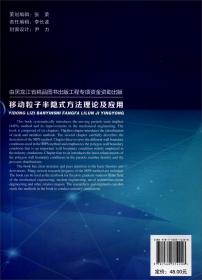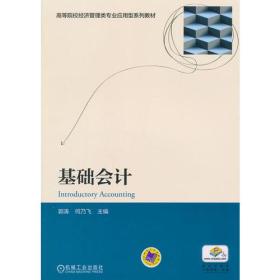
移动粒子半隐式方法理论及应用
¥ 28.22 5.9折 ¥ 48 全新
库存3件
山东泰安
认证卖家担保交易快速发货售后保障
作者张天纲 著
出版社哈尔滨工业大学出版社
出版时间2019-08
版次1
装帧平装
货号602 11-6
上书时间2024-11-08
- 在售商品 暂无
- 平均发货时间 24小时
- 好评率 暂无
- 最新上架
商品详情
- 品相描述:全新
图书标准信息
- 作者 张天纲 著
- 出版社 哈尔滨工业大学出版社
- 出版时间 2019-08
- 版次 1
- ISBN 9787560374208
- 定价 48.00元
- 装帧 平装
- 开本 16开
- 纸张 胶版纸
- 页数 109页
- 字数 230千字
- 【内容简介】
-
This book systematically introduces the moving particle semi-implicit (MPS) method and its improvements in the mechanical engineering. The book is composed of six chapters. The first chapter introduces the classification of mesh and meshless methods. The second chapter carefully describes the derivation of the MPS method. Chapter three reviews the different wall boundary conditions used in the MPS method and emphasizes the polygon wall boundary condition that is an important wall boundary condition widely employed in the industry simulations. Chapter four to six introduces the latest enhancements of the polygon wall boundary conditions in the particle number density and the pressure distributions.
The book has clear structure and pays attention to the basic theories and derivations. Many newest research progress of the MPS method are included. The book can be used as the textbook for the postgraduate students in the field of the mechanical engineering, nuclear engineering, naval architecture, ocean engineering and other relative majors. The researchers and engineers can also study the methods in the book to conduct industry simulations. - 【目录】
-
Chapter 1 Introduction
1.1 Computational fluid dynamics
1.1.1 Grid methods
1.1.2 Mesh-free methods
1.2 Polygon wall boundary condition
Chapter2 MPS method
2.1 Governing equations
2.2 Weight function and discretization models
2.3 Derivation of MPS
2.4 Wall boundary conditions
Chapter 3 Boundary conditions in MPS
3.1 Five types of wall boundary conditions
3.1.1 Dummy particles
3.1.2 Mirror particles
3.1.3 Boundary forces
3.1.4 Unified semi-analytical wall boundary condition
3.1.5 Polygon wall boundary condition
3.2 Initialization of polygon wall boundary condition
3.3 Discretization models of polygon wall boundary condition
3.3.1 Derivation process
3.3.2 Discretization equations
Chapter 4 Improved wall calculation of polygon wall boundary condition
4.1 Problems of polygon wall boundary condition
4.2 Improvement of wall calculations
4.2.1 Illustration of improved method
4.2.2 Calculation of the wall weight function
4.3 Numerical examples
4.3.1 Accuracy of wall weight function at different positions
4.3.2 Classic dam break simulation
4.3.3 Dam break simulation with a wedge in the water tank
4.4 Summary
……
Chapter 5 Boundary particle arrangement technique m polygon wall boundary condition
Chapter 6 Improvement of pressure distribution in polygon wall boundary condition
References
Noun index
点击展开
点击收起
相关推荐
— 没有更多了 —

















以下为对购买帮助不大的评价